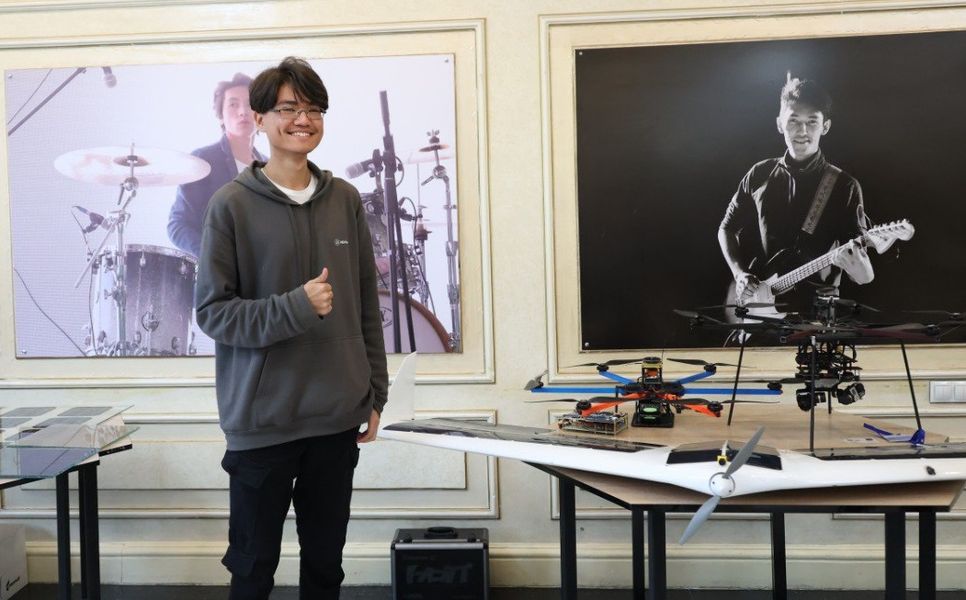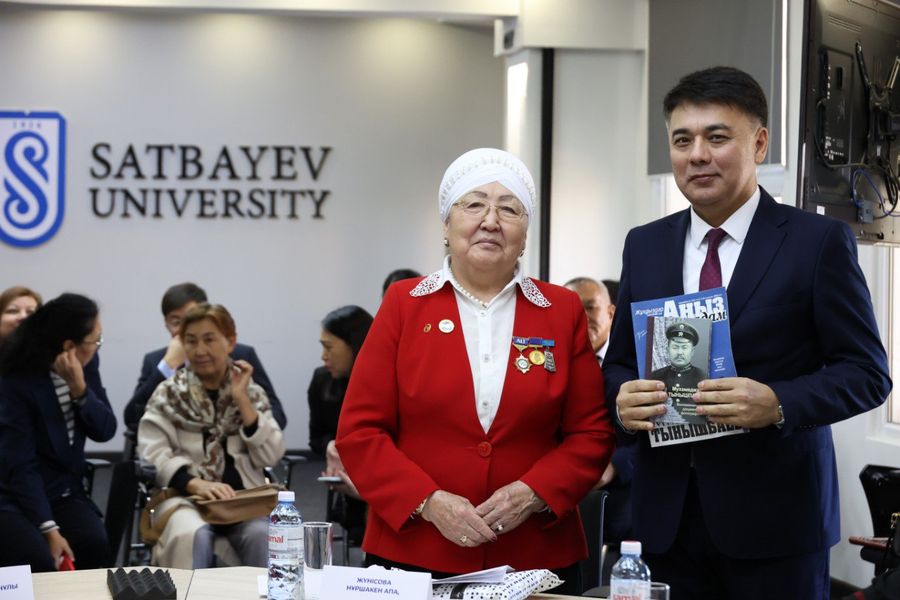RK Science and Higher Education Ministry represented by Science Foundation, together with Satbayev University and Autonomous Cluster Fund “Park of Innovative Technologies” – Tech Garden, organized a dialogue platform on integrating the science and business “Reactor of Technology Commercialization.”
Within the framework of the platform, Kazakh scientists presented 10 projects in subsoil use field. Each participant’s task was to convey the commercial value of their scientific development to potential business partners and investors in 3 minutes.
Among the submitted projects – technology of enhanced oil recovery for hard-to-recover reserves, installations for processing hydrocarbon-containing waste, a system for forecasting deposits and sediments, the introduction of devices for cleaning the geo-technological and oil wells, monitoring of the flooding front of oil and gas fields “NOAH”, bio-meliorant based on industrial waste, a highly efficient mill for fine and ultrafine grinding of ore materials, cry-adsorbent for metal extraction, technology for treating the wastewater contaminated by subsurface use, method of complex processing of large data arrays of areal and borehole geophysics “Pollok”.
The event was attended by representatives of Association of Organizations of oil-gas and energy complex “Kazenergy”, “Kazmunaygas”, Republican Association of Mining and Metallurgical Enterprises, Association of producers and consumers of petrochemical products, experts, scientists, inventors and business representatives.
In his welcoming speech, Chairman of Board of Science Foundation Abdilda Shamenov noted the practical effect of holding such meetings – “according to the results of the commercialization Reactors conducted earlier, 31 out of 63 scientific projects have found their potential business partners for joint implementation.”
Satbayev University’s Rector Meiram Begentayev noted in his speech: “Currently the whole world is promoting sustainable development goals and in this regard Satbayev University is no exception. The commercialization reactor, which is carried out within the walls of University, is also an indicator of SDG achievement, the unification of business and science, the topic of environmentally friendly subsoil use is one of the active goals of sustainable development and ESG.”
By the way, Satbayev University, today, is implementing 24 projects through Science Foundation. Among them are the serial production of charging stations for electric vehicles with the improved characteristics, intelligent unmanned lethal systems, the production of modules for solar electric panels, as well as other projects in the agro-industrial and mining sectors, construction and pharmaceuticals.
In turn, Autonomous Cluster Fund “Park of Innovative Technologies” – Tech Garden has the potential for active development and implementation of innovations in digital technologies and industrial solutions sphere. “Technology Commercialization Reactor” was another step in achieving the given goal.
Following the results of the event, an agreement was reached on joint activities between business enterprises and scientific organizations.







